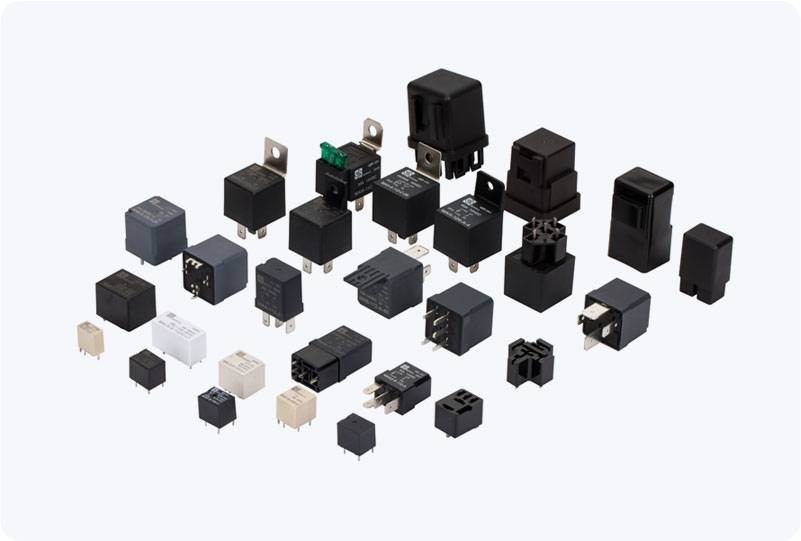The transition towards new energy vehicles (NEVs), particularly electric vehicles (EVs) and plug-in hybrid electric vehicles (PHEVs), has accelerated over the past few years. These vehicles rely heavily on advanced electrical systems to power their motors, charge their batteries, and manage energy distribution efficiently. One of the critical components enabling safe and reliable operation of these systems is the High Voltage DC Relay (HVDC Relay). This article explores the vital role of HVDC relays in NEVs, their functionality, and the technical challenges associated with their design and implementation.

What is a High Voltage DC Relay? A High Voltage DC Relay is an electrically operated switch used to control high voltage direct current (DC) circuits in vehicles, particularly in systems with voltages ranging from 400V to over 1000V. In NEVs, these relays manage power distribution between the battery, motor, inverter, and charging system. As electric vehicle technology continues to evolve, the need for highly reliable, robust, and efficient relays becomes increasingly important, particularly to meet the growing demand for higher voltage systems and greater vehicle safety. Functionality of High Voltage DC Relays in New Energy Vehicles